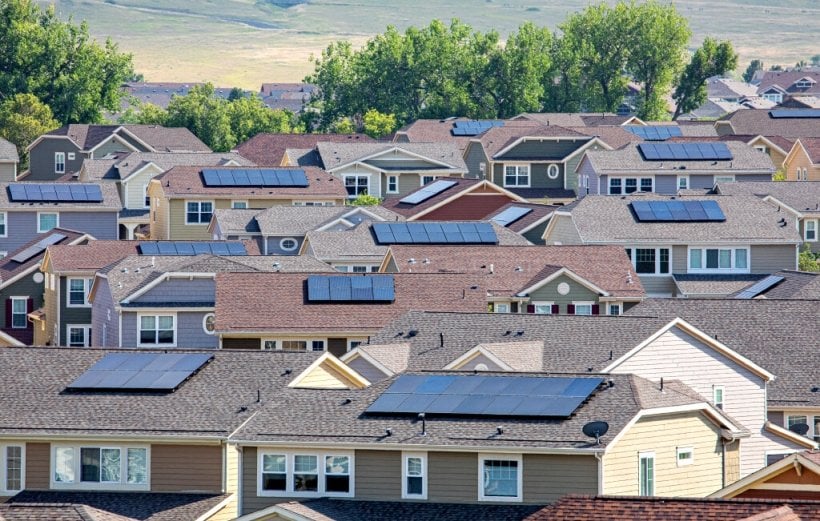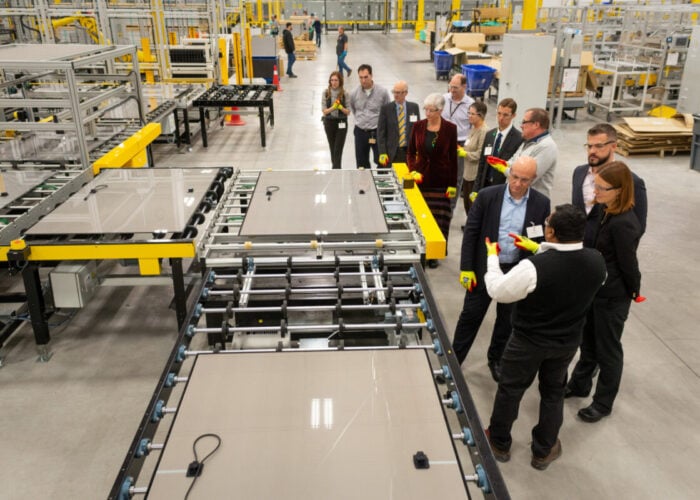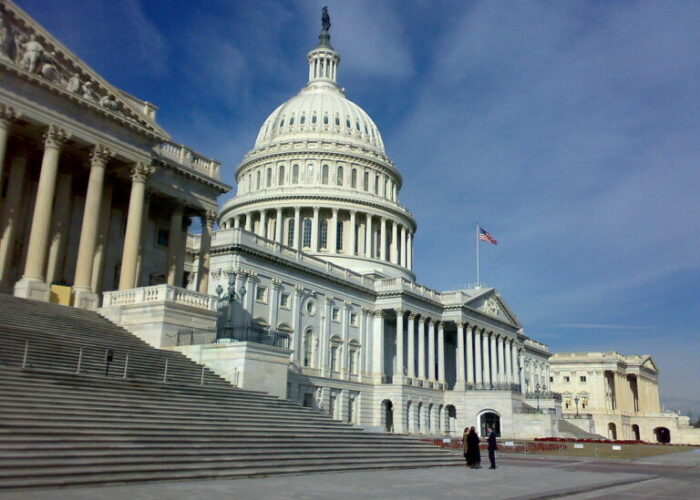
Solar PV is likely to become less accessible to low-income Americans after the Environmental Protection Agency (EPA) cancels the US$7 billion Solar For All scheme.
The EPA plans to end the Solar For All Programme in the coming days. EPA head Lee Zeldin posted a video to X announcing the fund’s cancellation as part of the spending cuts and cuts to renewables in the “One Big Beautiful Bill” act of 4 July.
Try Premium for just $1
- Full premium access for the first month at only $1
- Converts to an annual rate after 30 days unless cancelled
- Cancel anytime during the trial period
Premium Benefits
- Expert industry analysis and interviews
- Digital access to PV Tech Power journal
- Exclusive event discounts
Or get the full Premium subscription right away
Or continue reading this article for free
The Solar For All fund was established under the Inflation Reduction Act (IRA) in 2024 to fund access to solar for more than 900,000 low-income US households.
According to the filings on the EPA website, the 60 recipients of the funding have targeted deployments in low-income and tribal communities across the country, through both community schemes and direct support for solar development.
Of these recipients, 49 of them are state-level, often state energy departments and system operators, as well as six tribal organisations and five multi-state programmes.
Now, the EPA plans to repeal the funding threaten the ability of low-income households to access solar PV, which can reduce energy bills and pollution in local communities.
Terminating the grants could be illegal, according to Kyle Wallace, VP of public policy and government affairs at PosiGen, a solar provider to low- and moderate-income households.
“If the EPA moves forward with the illegal termination of the Solar for All grants, it will be yet another short-sighted and harmful decision that will hurt families across the country who are struggling with rising energy costs and would have benefited from these programs,” Wallace posted to LinkedIn earlier this week.
Zeldin has sought to cut the department’s funding for solar before. In February, he called for the recall of US$20 billion of clean energy grants issued under the Biden administration, which were being held by CitiBank. Prior to this, the EPA had frozen the disbursement of Solar For All funds, at the same time as Donald Trump ordered a pause in all IRA funding following his inauguration. Those funds were unfrozen in May.
Increasing energy bills
Prior to Zeldin’s announcement yesterday, some recipients of Solar For All grants were warning of its impact on the sector.
The programme would have lowered electricity bills by 20% for around 29,000 Massachusetts residents, according to the state’s energy department.
“No one in Massachusetts voted for electric bills to go up, to kill thousands of good-paying jobs, or to make energy less reliable,” said senator Elizabeth Warren. “I fought hard for this funding—cancelling it would be reckless and further proof that the Trump administration doesn’t care about lowering costs.”
Senator Ed Markey added: “Solar for All is set to cut participating households’ average energy bills by US$400 a year, with more than US$8 billion in savings overall across all 50 states. This program should be a win for the administration—cutting it would mean stealing US$4.6 billion away from states with Republican governors or senators.”
Greater reliance on fossil fuels, which the “One, Big Beautiful Bill” supports, will likely make US energy bills more expensive. Analysis last month from Lazard shows that Solar PV and wind energy are the cheapest forms of power by levelised cost of energy (LCOE), cheaper than the lowest-cost fossil fuel sources.






